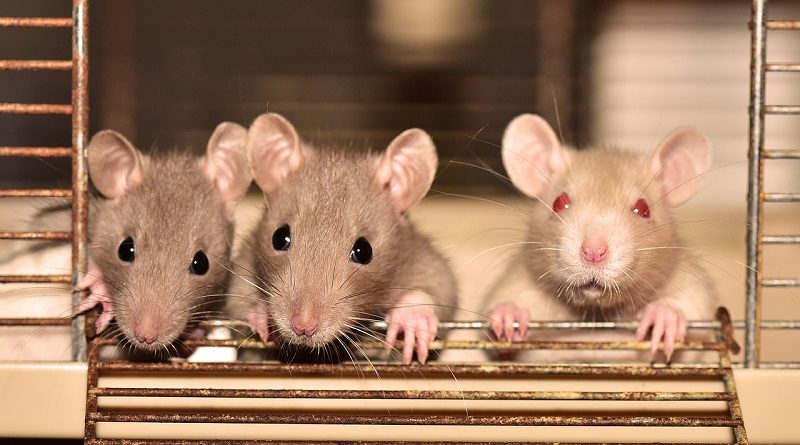Pet’s Corner Q&A
Can I feed my guinea pigs natural plants and forage that I’ve collected myself?
In the wild, guinea pigs would spend their days foraging for fresh grasses, herbs and wild plants, so they benefit from being offered a variety of fresh food.
If you do feed your furry friends plants that you’ve foraged yourself, be sure to avoid collecting from areas where weed killers or pesticides may have been used, as these can be highly toxic to animals.

It’s also extremely important that you can identify any plants that you forage to ensure that they are safe for guinea pigs to consume.
Guinea pig-safe, wild-foraged plants include dandelions (in small amounts), dried nettles, bramble leaves, and clover.
If you ever have any doubt about a plant, it’s best to leave it out of your furry family members’ diet!
For more information visit https://www.pdsa.org.uk/guineapigdiet
My Alaskan Malamute, Digby, has just been diagnosed with hip dysplasia. What can I do to help him?
There are several things you can do to support Digby with his hip dysplasia.
It’s vitally important that you help him maintain a healthy weight to avoid putting any extra stress on his joints.
If Digby is carrying too much weight your vet practice will be able to advise you on a weight loss plan.

However, you will also need to control his exercise so he isn’t jumping or running around too much, shorter more frequent walks may be more comfortable for him, too.
It’s a good idea to speak to your vet about Digby’s specific needs, as they may be able to refer him for physiotherapy, hydrotherapy or offer other treatments.
You can find more information at https://www.pdsa.org.uk/hip-dysplasia
I can’t afford to buy toys for my rats, Bert and Ernie, but they need something to stop them getting bored. Do you have any advice?
Creating a stimulating habitat is very important for smaller pets, both mentally and physically as they live most of their lives in captivity.
Make areas that they can climb on, hide in, forage and investigate.

Household items like cardboard boxes, toilet and kitchen roll tubes make great toys – you can stuff them with hay and hidden treats for even more interactive fun or connect them all together and make an adventure playground.
Hiding vegetables around their cage can be another stimulating activity for your small pets, as they use their senses to locate it and paper for them to shred will also keep them entertained.
Be sure to supervise play to keep them safe.
Picture: Rats / Pixabay sipa